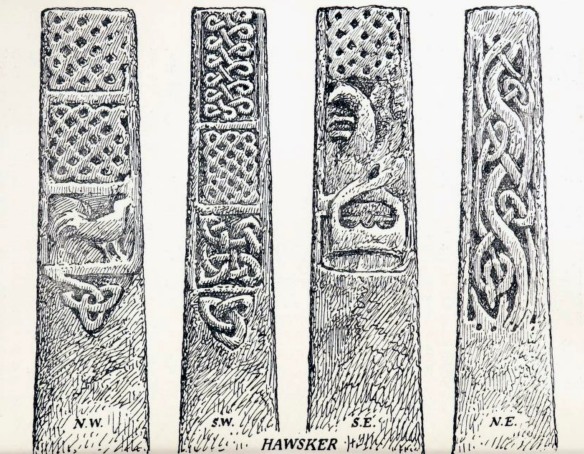On my previous visit to the site in mid-2014 this monument did not exist, it appeared a few months later.

It commemorates the death of 114 civilians, 9 soldiers and 7 sailors killed in the Bombardment of the Hartlepools on 16th December 1914.

It was erected to mark the 100th Anniversary and unveiled on 16th December 2014 by the Lord-Lieutenant of County Durham Sue Snowdon.

The engraving is tricky to photograph, but it a reproduction of the painting The Bombardment of the Hartlepools by James Clark, painted in 1915.

A huge amount of information about the events of that day is on display in the nearby Heugh Battery.

 Show on map
Show on map


















